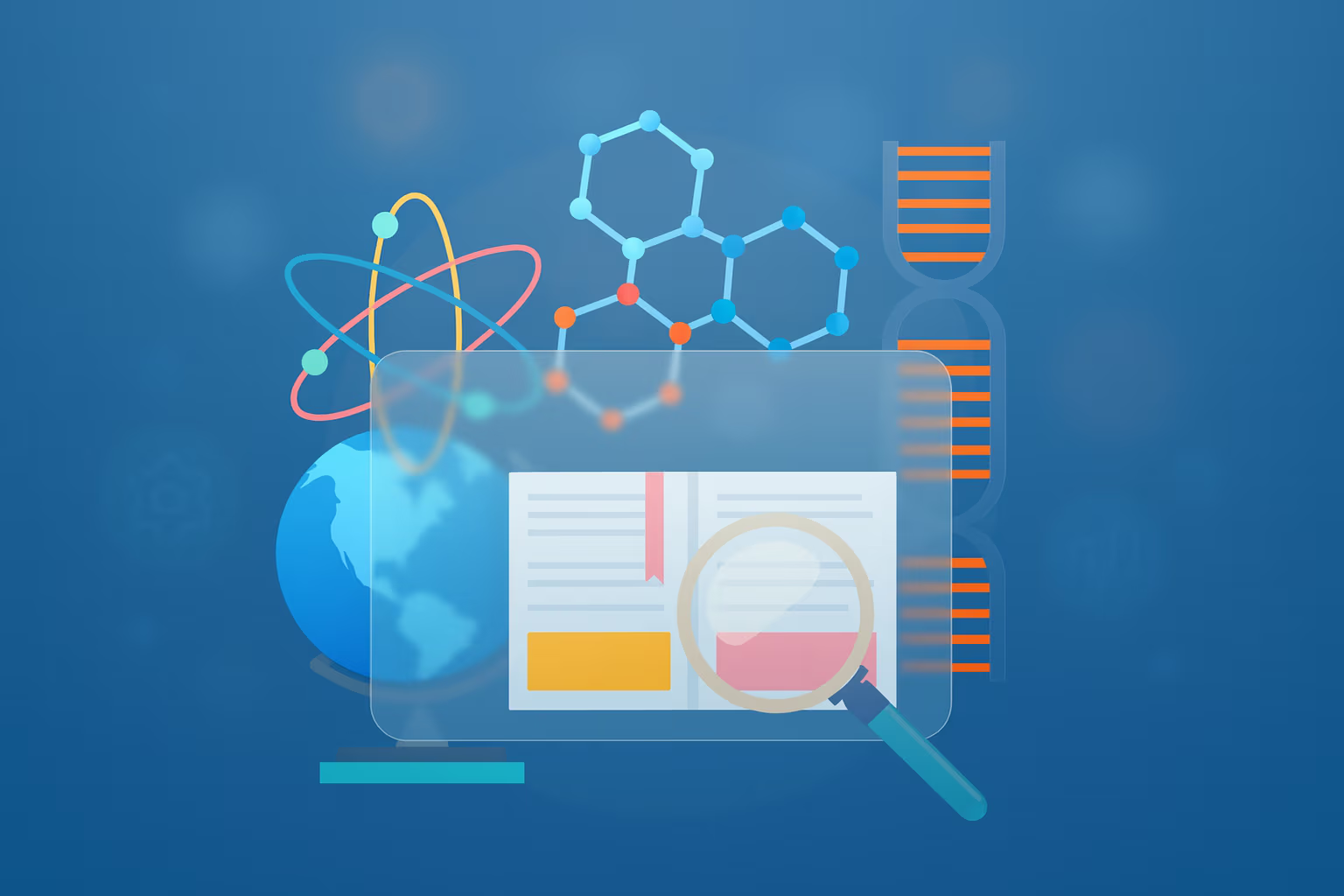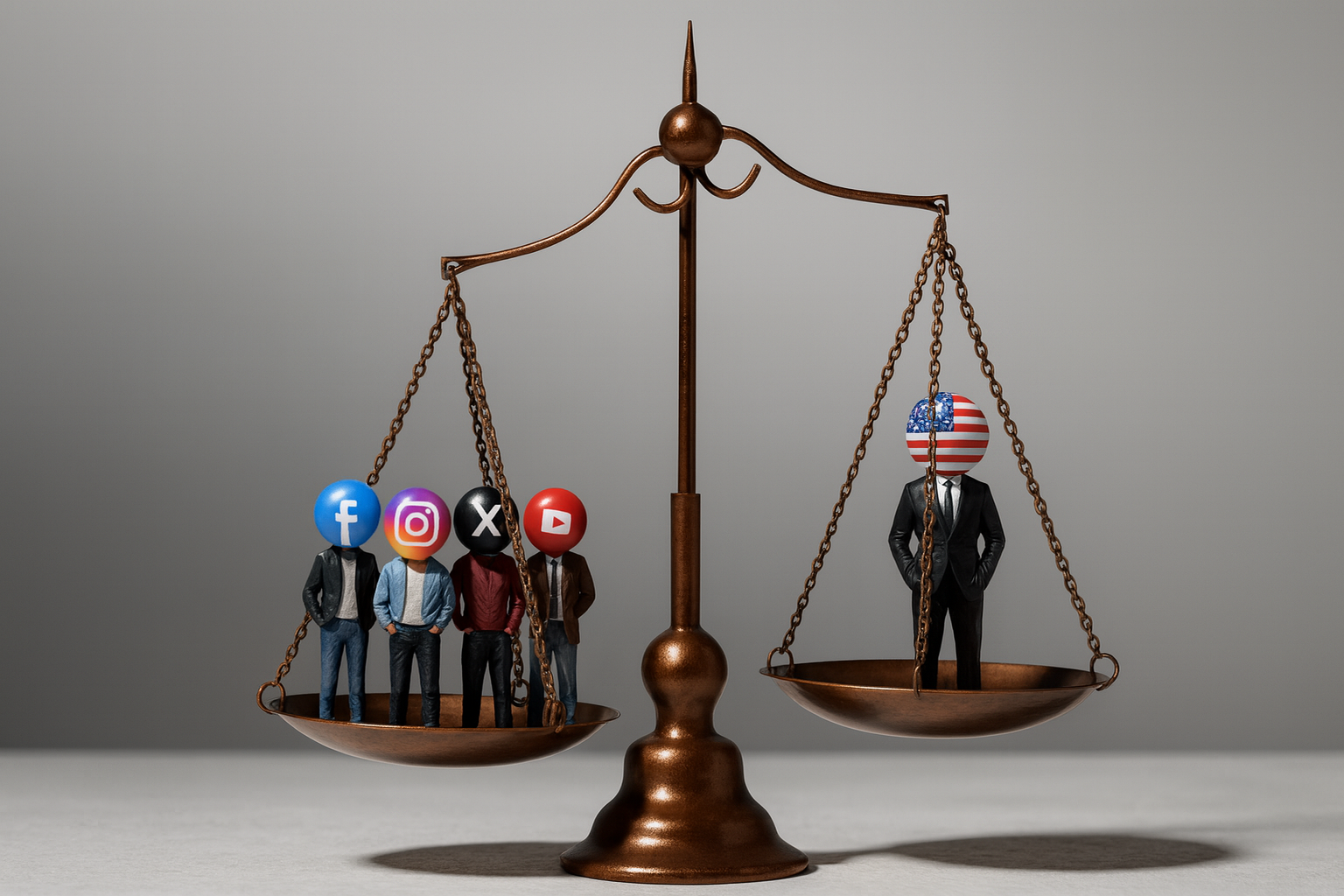In today’s hyper-connected, attention-deficit world,understanding what consumers truly want has become one of the most complexchallenges for businesses. Every second, people are exposed to an endlessstream of content ads, recommendations, reviews, reels, and notifications. Thisconstant digital noise has created what experts call consumer overstimulation.For brands and researchers, the question is no longer just how to reach people,but how to interpret the signals they leave behind.
Amid this static, genuine consumer desire is still there, it’sjust harder to see. The solution lies in applying the right market research, using behavioral understanding, real-time analytics, and interpretive frameworks that can translate fragmented signals into meaningfulinsights.
The Attention Economy and the Decline of Signal Clarity
The modern consumer attention span has dropped to approximately 8 seconds, according to Microsoft’s global attention study. Everydigital channel competes for that fleeting focus. Consumers have grown adept atfiltering out what doesn’t interest them, but in the process, their preferenceshave become more subtle, fragmented, and dynamic.
This shift has created a paradox: brands have more data thanever before, yet less clarity about what truly drives choice. While digitalplatforms generate vast amounts of behavioral information, most of it is surface-levelnoise. It tells us what consumers do, but not why.
This is where advanced market research methodologies becomeindispensable. Traditional surveys and focus groups still hold value, but theynow need to be complemented by contextual data social signals, emotionalanalytics, and digital trace patterns that reflect real-world motivations.
To uncover desire in the age of overstimulation, researchersmust move beyond static measurement and toward continuous interpretation.
The Myth of “Engagement”

For years, marketers have relied on engagement metrics clicks,likes, and shares as proxies for interest. However, recent studies by Nielsenand Gartner show that more than 60% of online engagements are passive or habitual. They represent exposure, not intention.
The illusion of engagement has led many organizations to mis interpret consumer sentiment. People scroll, tap, or comment out of habit, boredom, or reflex. Real desire, on the other hand, often hides in quieter spaces: search queries, repeat visits, partial form fills, and subtle dwell-time behaviors.
This is where the integration of market research survey data with digital behavior analytics can reveal powerful truths. Surveys provide thedeclared reality what consumers say while behavioral tracking uncovers the revealedreality what they actually do. Combining both dimensions allows brands tofilter out performative engagement and identify true intent.
From Asking Questions To Observing Behavior
The traditional approach to research has been to ask. In an overstimulated environment, asking alone isn’t enough. Consumers are increasingly fatigued by constant requests for feedback, leading to lowerresponse rates and survey disengagement.
Instead, the future of understanding desire lies in observational methodologies capturing naturally occurring data and decoding meaning from it. Every click, search, and share is a data point in a behavioral map.
Through machine learning and advanced data modeling, organizations can identify patterns that predict purchase readiness or emotional resonance. When layered with qualitative insights, these models canexpose the psychological triggers that shape decision-making.
Modern market research techniques are therefore movingfrom questionnaires to listening systems. They integrate structured surveyswith social listening, ethnographic monitoring, and emotion analytics to builda complete picture of desire.
For example, a brand exploring interest in a new beverageflavor might not only analyze survey feedback but also study discussion trendsin online communities, sentiment polarity in reviews, and response rates toexperimental ad content. The convergence of these data streams often revealsmore truth than any single dataset could provide.
The Human Brain In A State Of Overload
To understand overstimulation, one must first understand how the human brain processes information. Neurological studies have shown that the prefrontal cortex responsible for decision-making and prioritization becomes less efficient when bombarded with too many stimuli. This leads to cognitive fatigue, emotional detachment, and what psychologists call decision paralysis.
When consumers are overwhelmed, they rely on shortcuts brand familiarity, peer recommendations, or emotional associations. This means that rational appeal alone no longer drives decisions. Instead, subtle emotionalcues, design aesthetics, and perceived authenticity play a far greater role.
A 2023 report by Deloitte found that 68% of consumers choose brands they emotionally resonate with, even if alternatives are cheaper or more available. Understanding these emotional drivers requires research that’ssensitive to context, culture, and cognitive state.
This is precisely where market analysis adds value. It contextualizes behavior within broader social and economic trends, helpingresearchers distinguish temporary fluctuations from long-term patterns. Byaligning emotional insights with market data, companies can make sense of whyconsumers react the way they do in an overstimulated world.
The Evolution Of Research Intelligence

The tools of research are evolving as fast as the consumers they study. Artificial intelligence, predictive modeling, and data automation are reshaping how insights are generated and applied.
Modern research platforms now enable real-time data capture,automated pattern recognition, and adaptive survey design techniques that make marketresearch survey processes faster and more precise. Instead of waiting weeks forpost-campaign reports, brands can now assess sentiment shifts within hours,adjusting messaging and targeting dynamically.
This evolution is not about replacing traditional researchers but empowering them. Data without human interpretation can mislead; technology amplifies insight only when guided by analytical intelligence. The best insight teams blend algorithmic precision with human empathy, reading notjust data points but the stories they tell.
Reading Desire, Not Declared Preference
In overstimulated environments, consumers often express opinions that don’t align with their actions. Someone might say they valuesustainability but consistently choose convenience. They might believe they areprice-sensitive but subconsciously respond to emotional storytelling.
Distinguishing between declared preference and true desirerequires triangulating multiple inputs. By combining sentiment analysis,digital ethnography, and market research methodologies that focus on behavioralobservation, brands can decode what people mean, not just what they say.
For instance, an automotive brand might find through a market research survey that buyers emphasize fuel efficiency, but market analysis mayreveal that color, design, and tech features drive conversion. The insight liesin the gap between stated value and demonstrated behavior.
This deeper understanding transforms marketing strategies fromfocusing on transactional persuasion to emotional resonance.
The Ethics Of Interpretation
As data collection grows more sophisticated, so must our responsibility in how we interpret and apply it. Over stimulation doesn’t just affect consumers it also amplifies ethical concerns.
Transparency, consent, and purpose-driven insight are non-negotiable principles in modern research. Consumers today are more aware ofprivacy issues than ever before. According to PwC’s Consumer Intelligence Report, 84% of users are willing to share data only with brands they trust.
Therefore, ethical research practices are not just acompliance issue; they are a strategic differentiator. Companies that maintainintegrity in how they gather and use consumer information ultimately buildstronger, more sustainable relationships.
The Future: Real-Time Desire Mapping
The future of insight lies in real-time desire mapping continuously tracking emotional, behavioral, and contextual signals to anticipate whatconsumers will want next.
Imagine an ecosystem where sentiment shifts, social trends,and economic variables feed into a live dashboard that updates continuously.This kind of dynamic intelligence makes traditional quarterly research reportsfeel obsolete.
As markets become more fluid, so too must research. The integration of automation, predictive modeling, and live data visualizationallows decision-makers to interpret signals as they happen. This turns insightfrom a retrospective process into a forward-looking capability.
When applied effectively, this approach can reduceuncertainty, improve product alignment, and help brands maintain relevance evenas consumer attention fluctuates.
We live in an age defined by information abundance butattention scarcity. The modern consumer is constantly stimulated, distracted,and fragmented. Yet beneath all this noise, their desires remain consistent theywant value, authenticity, and emotional connection.
To uncover those desires, researchers must evolve. The future belongs to those who combine scientific precision with humanunderstanding who use market research methodologies that go beyond datacollection and into emotional decoding.
By aligning behavioral observation, contextual intelligence,and market research survey insights, organizations can finally distinguish thereal signals from the static. They can move past assumptions and intoactionable clarity.
Because in an overstimulated world, the real advantage isn’tlouder messaging its smarter listening.
Through disciplined market analysis, continuous validation, and empatheticresearch design, brands can rediscover what truly drives consumer choice: not attentionbut meaning.











